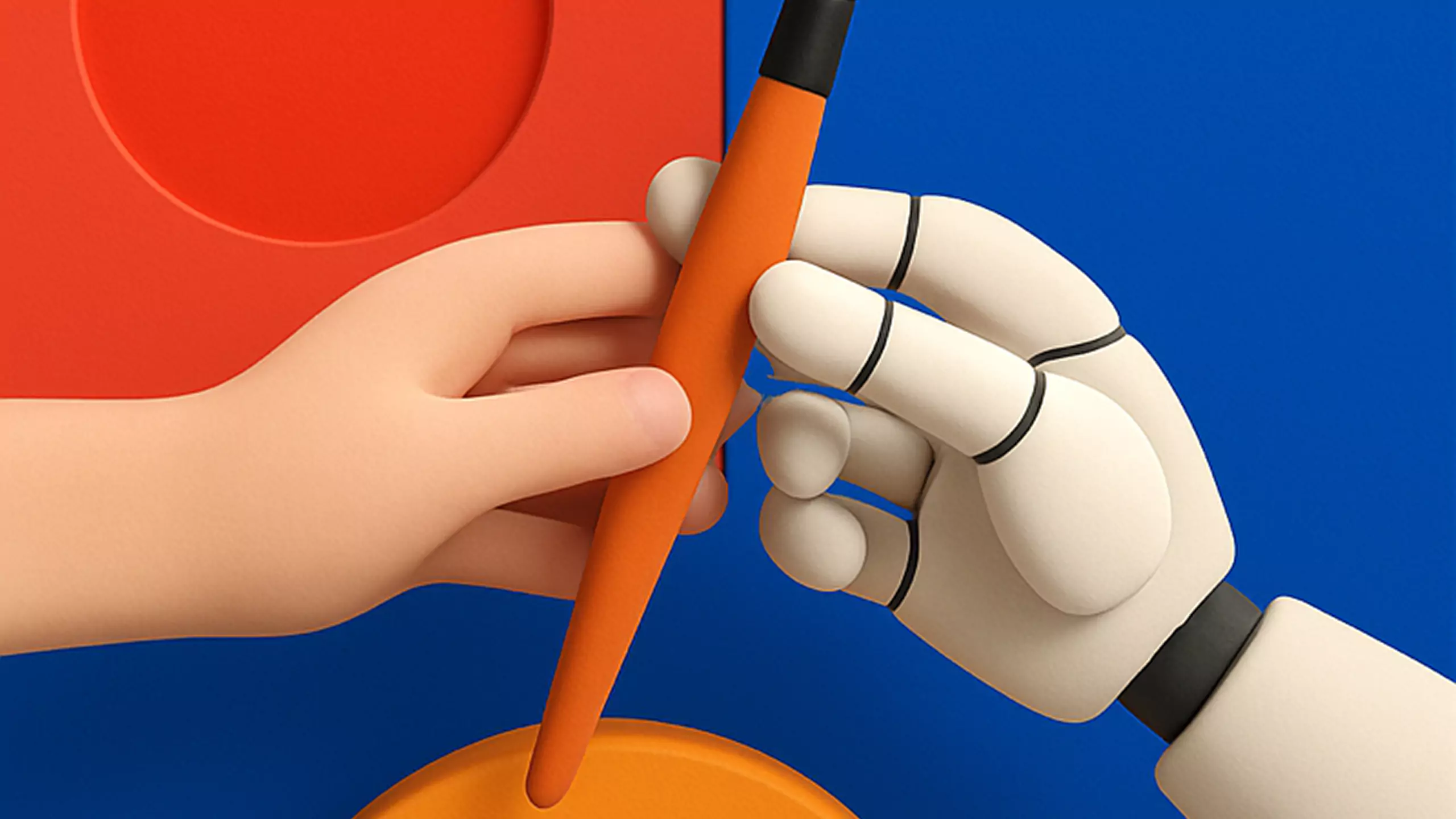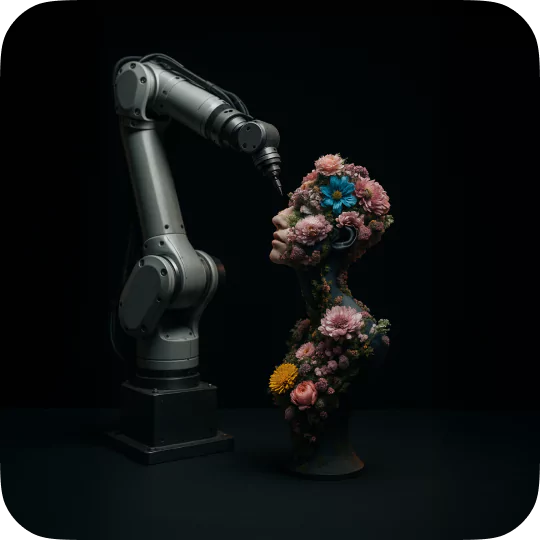When it comes to building with AI, one of the hardest truths for designers and technologists to embrace is that AI is not a tool that always gives you the same answer twice.
At Younite, we’ve come to believe that the variability and unpredictability of AI aren’t things to fix or work around. The are elements and attributes to lean into, design for, and ultimately use to our advantage.
Letting Go of Control (A Little)
Traditional software design is built around deterministic systems. You press a button, you get a known outcome. But AI, particularly generative AI, doesn’t play by those rules. It responds in nuanced, probabilistic ways. That can be unsettling if you’re used to predictable UX, but it also unlocks new kinds of interactions that feel more adaptive, more alive.
As designers, the first step is to let go of the idea that we can—or should—control every outcome. Instead, we shift our mindset to orchestrating possibility. That means building guardrails instead of scripts, and curating context instead of hard-coding every line of dialogue. It’s closer to conducting an ensemble than programming a machine.
Building for Personality, Not Just Performance
We’ve found that one of the most powerful ways to navigate AI’s variability is through personality. When a system behaves unpredictably but expresses a consistent tone or point of view, users are much more likely to trust and engage with it. They start to treat the experience more like a conversation and less like an interface.
This is where tying AI agents to real-world personalities can be especially powerful. By grounding generative outputs in familiar voices, values, or expertise—whether that’s a celebrity, a domain expert, or a fictional character—we give users something to hold onto in the midst of AI’s open-endedness. It’s not just what the AI says, it’s who the AI feels like.
Context as a Control Layer
While we accept and welcome variability, we’re not advocates of chaos. Good design still matters—maybe more than ever. To make AI systems feel useful, meaningful, and safe, we carefully craft the context that shapes their responses. That could mean seeding prompts with relevant data, defining behavioral boundaries, or tailoring models to specific domains.
Rather than relying on deterministic outputs, we lean into contextual determinism—a structured environment in which flexible, creative responses can emerge. This lets us preserve the magic of AI without losing user trust.
Designing for Discovery
When users engage with generative systems, they’re often not looking for the “right” answer. They’re looking for inspiration, exploration, or even surprise. Designing with variability in mind means giving people opportunities to discover something new—even if it’s not what they expected.
In applications like StoryRabbit, where we build audio AI guides for travel and storytelling, we’ve seen firsthand how users enjoy hearing different takes, different facts, or different vibes from their virtual hosts. It turns the app into something closer to a living world than a static guidebook.
Variability Is the Interface
The takeaway here is simple: we don’t just design in spite of AI’s unpredictability—we design because of it. The variability is the interface. It’s what makes these systems interesting, human-like, and alive.
If we embrace that, we move beyond trying to make AI behave like a traditional product. Instead, we start building AI experiences that feel more like relationships: fluid, adaptive, and real.
About the author
David Papworth
Dave is the Creative Cultivator (CCO) and Product Leader for Younite. His career has taken him through multimedia, development, design, innovation, and ultimately founding Younite. David's focus is on building teams that can tackle any challenge, look beyond their boundaries, and grow the collaborative relationships Younite desires with our clients.




